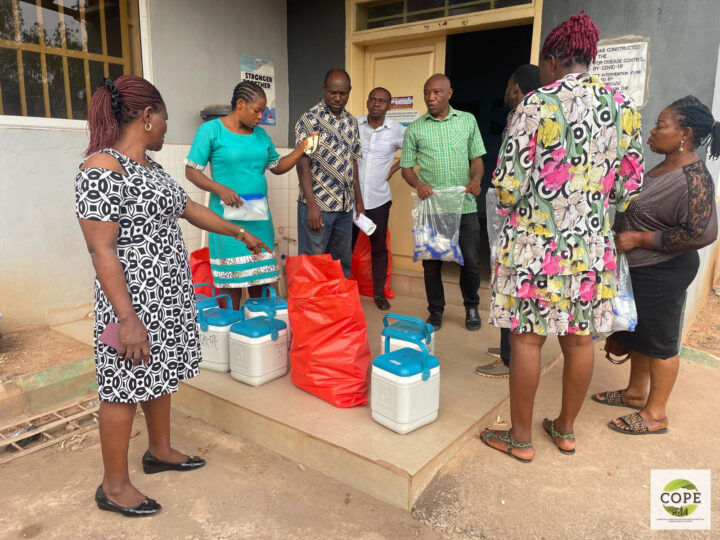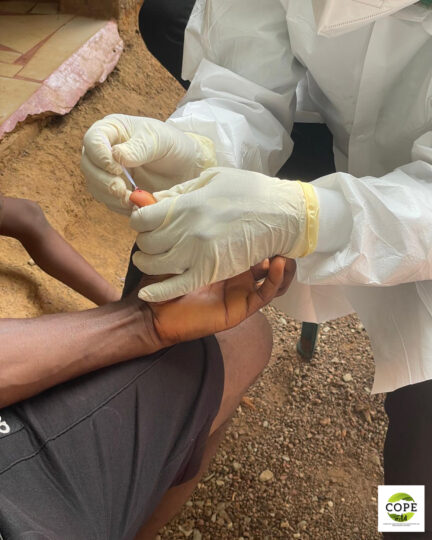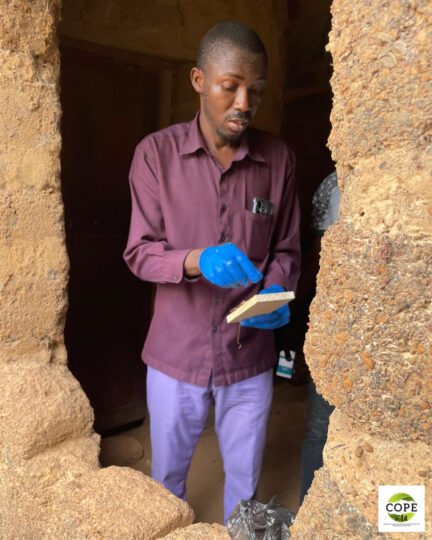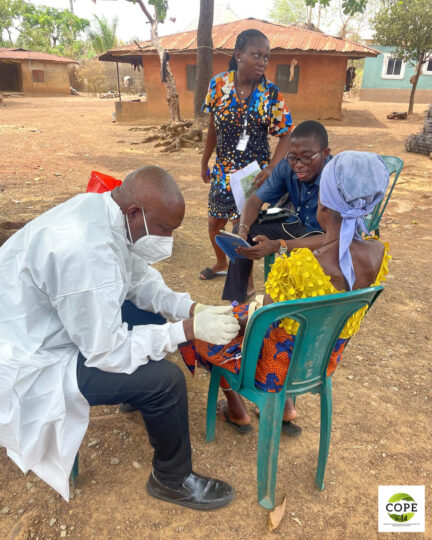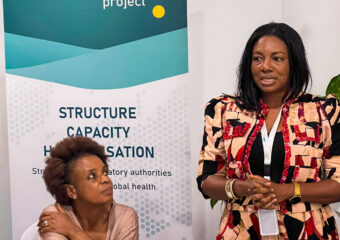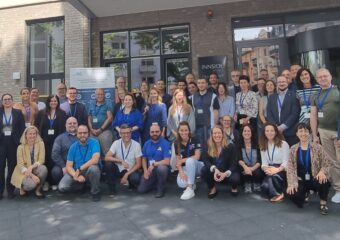Into the Field: Two One Health Risk Assessments in Nigeria
In southeastern Nigeria, a community takes action against Lassa fever as part of the COPE project. Two risk assessments by an interdisciplinary team reveal how knowledge is expanding and everyday practices are changing.
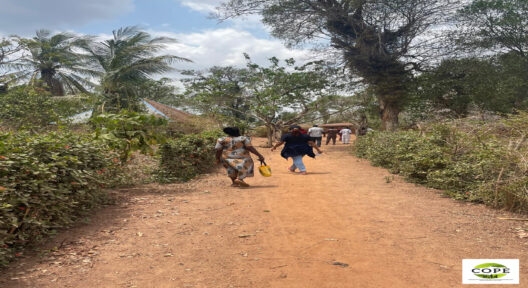
In southeastern Nigeria, the COPE project is placing communities at the center of One Health. Following the COPE Strategy, community members were trained to identify their own health challenges related to Lassa fever, set priorities, and design solutions which they then implemented with support from the project.
To capture change over time, COPE facilitated two large One Health Risk Assessments (OHRAs). The first in March 2024 served as a baseline before the training and community-led intervention took place. The second OHRA in March 2025 followed the same approach and provided a way to review the results of the community-led actions. These actions are ongoing, extending beyond the major project activities, including the second OHRA. The overall project goal is to reduce the burden of and, in the long term, to tackle other One Health challenges in this region and beyond.
Each OHRA lasted several weeks and brought the entire interdisciplinary team into the field. Side by side, experts from epidemiology, data and veterinary science, laboratory diagnostics, environmental health, anthropology, and public health worked together. They came from the Nigeria Centre for Disease Control and Prevention (NCDC, project lead), the Friedrich-Loeffler-Institut (FLI), the National Veterinary Research Institute (NVRI), the University of Ibadan (UI), and RKI’s Centre for International Health Protection (ZIG). They were supported by local partners, staff from the teaching hospital, community guides, and trained community facilitators.
Teams visited households, collected samples, set traps¹, observed community practices, and carried out surveys. Animals caught in the households overnight were examined the next day directly in the field and prepared for further laboratory work. Finding scattered households across long distances was a challenge in itself. Yet, it was often overcome with the help of local knowledge and keke vehicles commonly used in Nigeria. The anthropology team has already been closely connected with the community through their prior long-term fieldwork on human-animal-environment entanglements which supported the organisation and coordination on the ground.
While the detailed results will be published later, first impressions are already encouraging. The community is highly active, knowledge about Lassa fever has grown, and visible shifts in practices can already be observed. This includes a wide range of activities from food storage to rodent handling and control. Overall, the OHRAs were not only an opportunity to measure the change in human, animal, and environmental risk factors related to Lassa fever in everyday community life. It also created space for mutual learning: sub-teams exchanged observations, asked questions, and gained insights into each other’s work. This sense of collaboration and curiosity turned the assessments into a truly shared One Health experience.
¹ Lassa fever is a zoonotic disease, and one rodent species in particular – Mastomys – is known to transmit the virus to humans.


